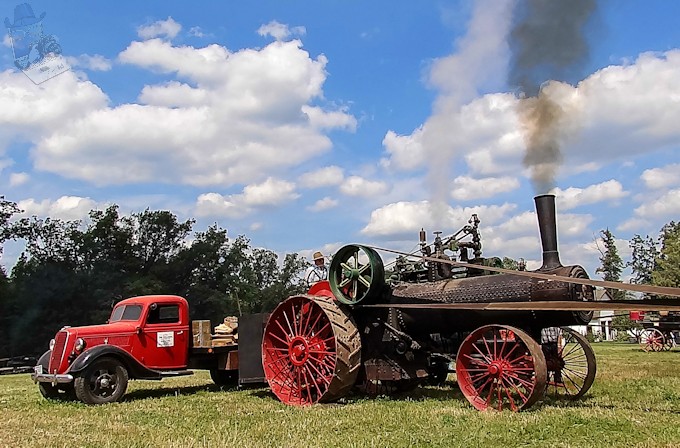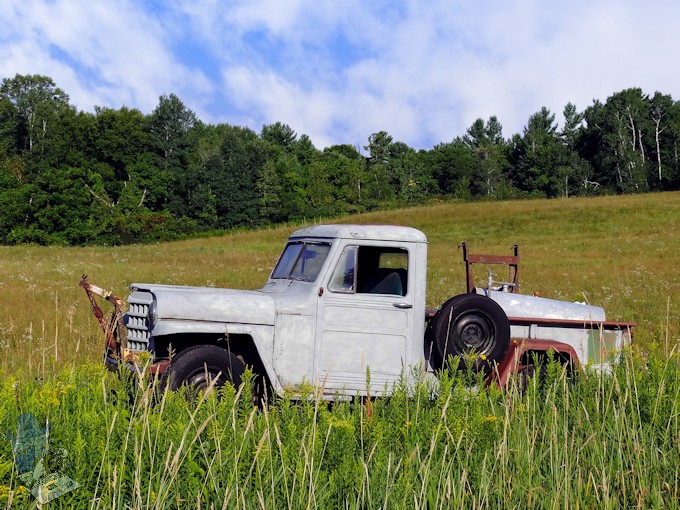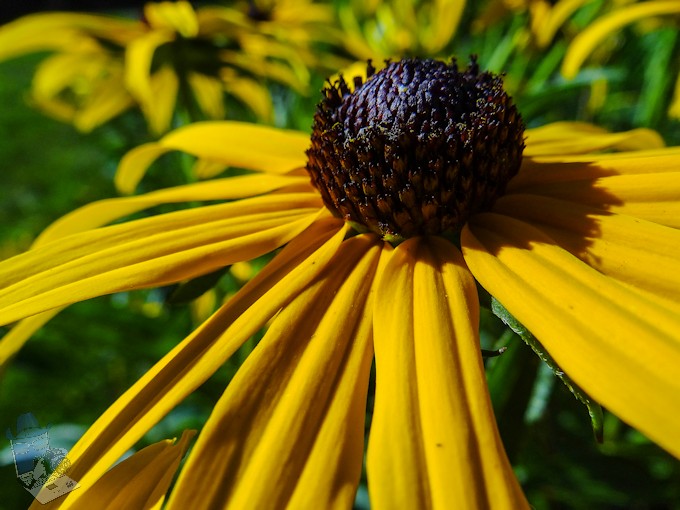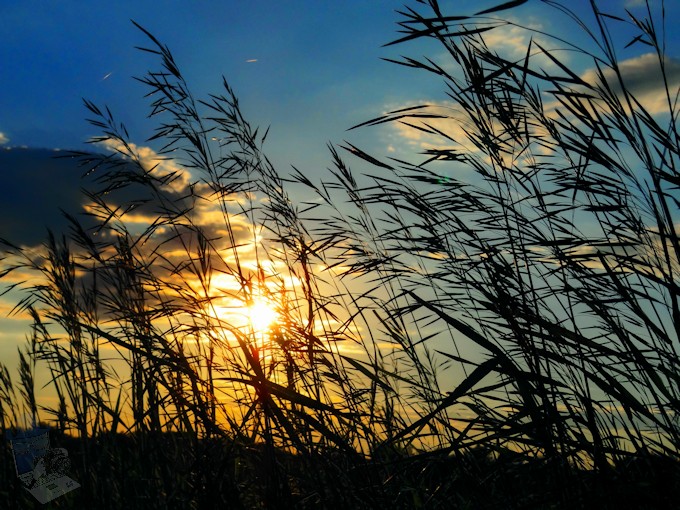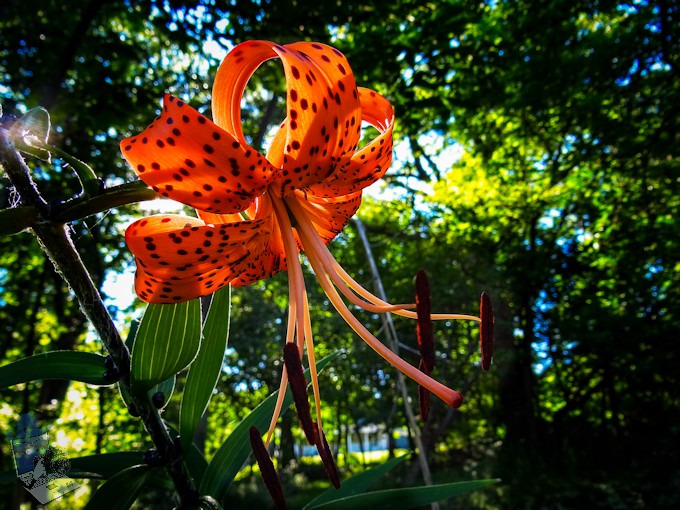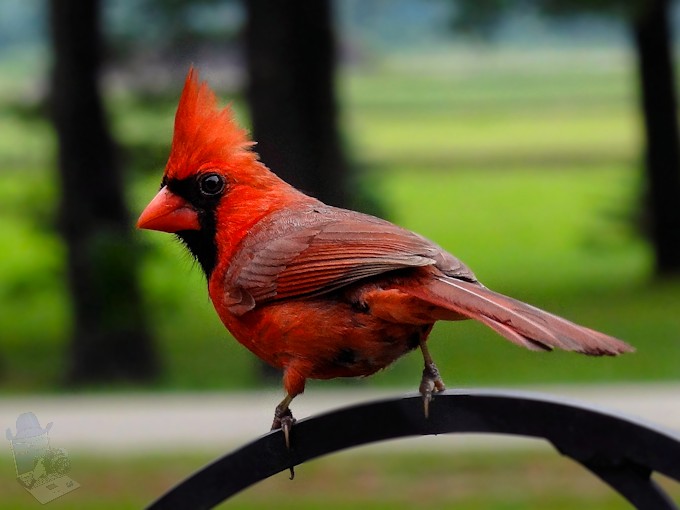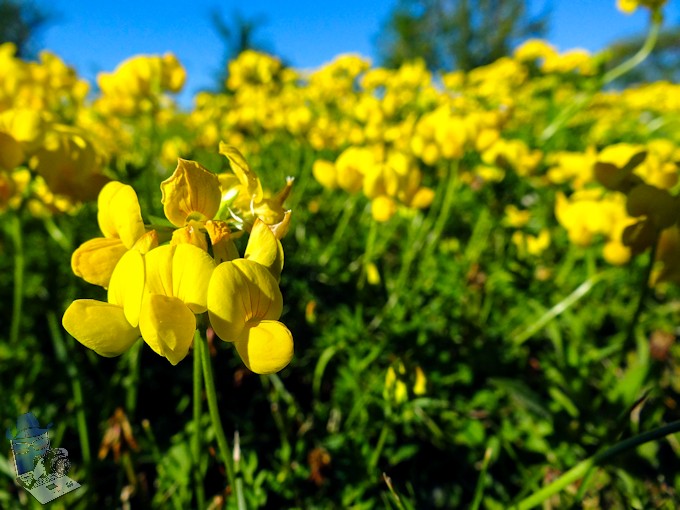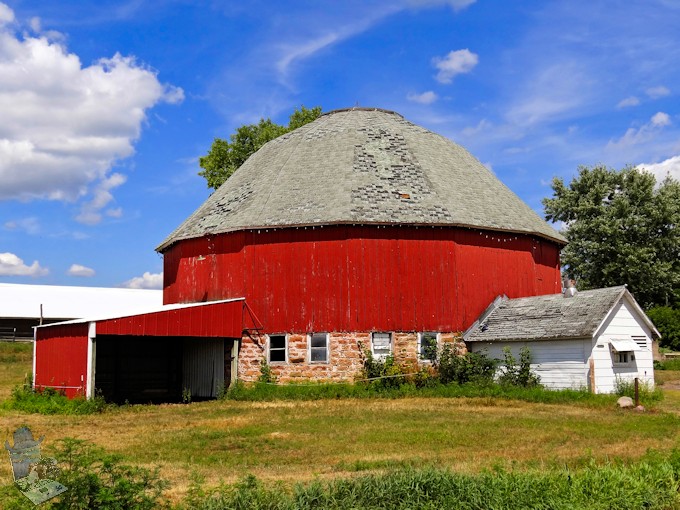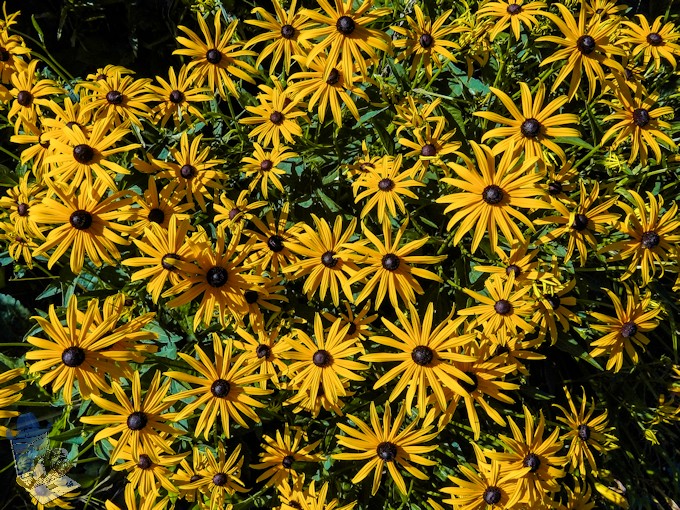The steam tractor was used in rural North America in the late 19th and early 20th centuries, to aid in threshing, in which the owner/operator of a threshing machine or threshing rig would travel from farmstead to farmstead threshing grain. Oats were a common item to be threshed, but wheat and other grains were common as well.
Steam traction engines were often too expensive for a single farmer to purchase, so “threshing rings” were often formed. In a threshing ring, multiple farmers pooled their resources to purchase a steam engine. They also chose one person among them to go to a steam school, to learn how to run the engine properly. There were also threshing contractors, who owned their own engine and thresher, and went to different farms, hiring themselves out to thresh grain.
The steam tractor ran the belts that would turn other equipment like the threshing machine. The big boiler on wheels had water which was heated into steam in a boiler until it reaches a high pressure. When expanded through pistons or turbines, mechanical work is done. The reduced-pressure steam is then condensed and pumped back into the boiler. And on this Case engine, the piston turns the large wheel which turns the belt used to power other equipment.
Case Steam Tractor
